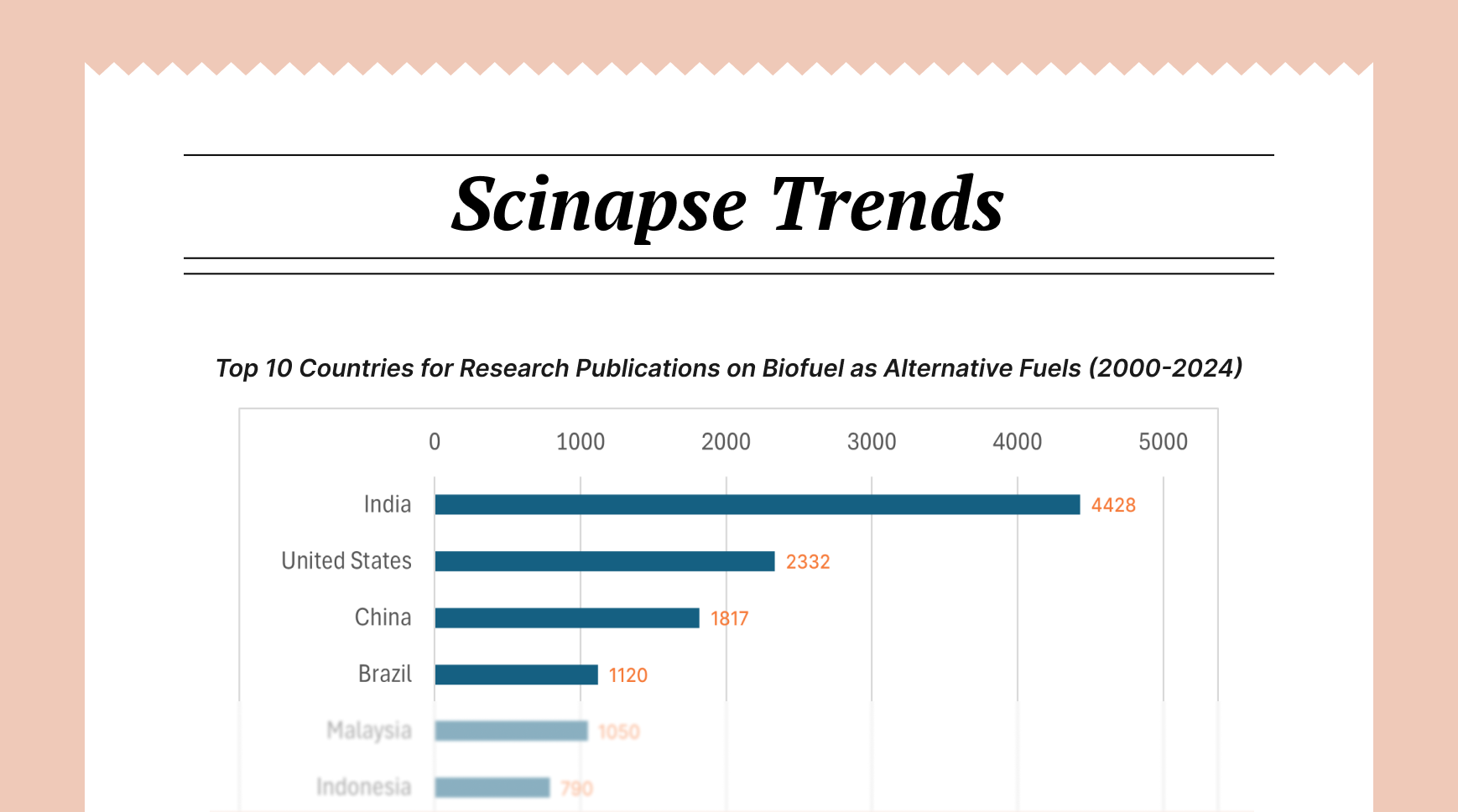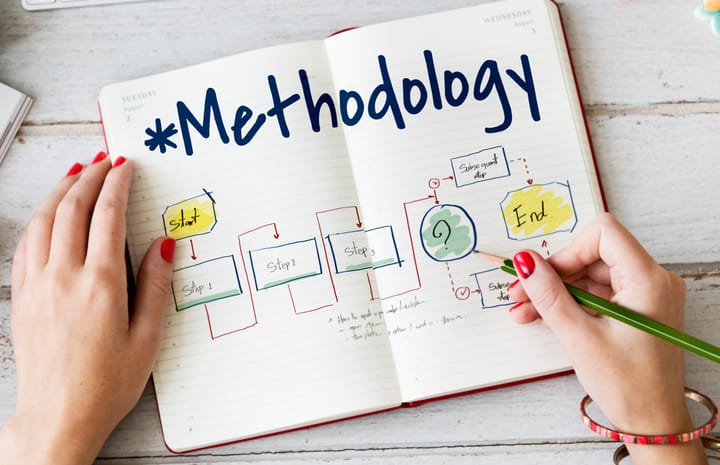Best Literature Review Strategies in Grant Applications

Among the many components of a successful grant application, the literature review plays a crucial role that is often underestimated. A well-written literature review doesn’t just demonstrate your knowledge—it establishes the foundation for your research, showcases the novelty of your proposal, and convinces reviewers of its relevance and impact.

Whether you're applying for funding from a government body, a nonprofit, or a private institution, understanding how to strategically use the literature review section can significantly improve your chances of success. In this article, we explore why the literature review is vital in grant applications, what it should include, and how to write one that truly strengthens your case.
Why Literature Review Matters in Grant Applications
When reviewing grant proposals, funders look for research that is innovative, necessary, and feasible. Your literature review helps establish all three by:
1. Demonstrating Domain Expertise
A comprehensive and well-organized literature review reflects deep understanding. It shows you are well-versed in the current state of knowledge and capable of conducting research at a high level.
2. Highlighting the Research Gap
Your proposal needs to address an unmet need or an unanswered question. The literature review is where you justify that your research fills a clear gap and isn't just repeating what's already been done.
3. Providing Context and Relevance
Reviewers may not be specialists in your exact niche. A clear literature review places your proposal in a broader academic and real-world context, helping reviewers grasp why your research matters.
4. Supporting Your Methodology
A good literature review shows that your chosen research design is grounded in established methods, validated by previous studies, or offers justified improvements over existing approaches.
Elements of a Strong Literature Review in a Grant Proposal
A high-impact literature review for a grant application should do more than summarize prior studies. It should be strategic, concise, and aligned with your research objectives. Key elements include:
1. Thematic Structure
Instead of listing studies chronologically, organize your review around key themes or concepts. This improves clarity and helps reviewers follow your line of reasoning.
2. Critical Analysis
Go beyond describing past research—critically evaluate its strengths and limitations. Show how your project builds on or addresses these issues.
3. Identification of Gaps
Explicitly state what is missing from current knowledge. Use this as a springboard to justify your research question and objectives.
4. Relevance to Your Proposal
Every source you mention should directly inform or support your research goals. Avoid general background information that doesn’t add strategic value to your application.
5. Recent and Credible Sources
Use up-to-date and peer-reviewed sources. Funding agencies want assurance that your work is grounded in the most current understanding of the field.
How a Poor Literature Review Can Undermine Your Grant Application
Neglecting the literature review or treating it as an afterthought can be detrimental. Common pitfalls include:
- Overloading with citations without clear relevance.
- Failing to identify a research gap makes your project appear redundant.
- Lacking structure, which confuses reviewers and dilutes your argument.
- Using outdated sources raises questions about your preparedness and credibility.
- Overly technical language that can alienate interdisciplinary review panels.
Remember, a reviewer who’s uncertain about your command of the literature is unlikely to recommend funding.
Best Practices for Writing a Literature Review in a Grant Application
1. Tailor It to the Funder
Different funders have different priorities—innovation, public impact, interdisciplinary approaches, etc. Customize your literature review to reflect these priorities while maintaining academic rigor.
2. Keep It Focused and Concise
Unlike a dissertation or academic paper, a grant literature review is often limited by word count or page limits. Be selective in what you include—prioritize sources that directly support your proposal.
3. Use Visuals if Allowed
Citation graphs, conceptual frameworks, or research gap diagrams can make your review more engaging and clearer to non-specialist reviewers.
4. Integrate with the Proposal Narrative
The literature review should lead seamlessly into your research objectives and methodology. Ensure there's a logical flow and that each section reinforces the others.
5. Review and Revise with Feedback
Ask colleagues or mentors to review your literature review before submission. Fresh eyes can identify gaps, unclear phrasing, or biased interpretations.
Tools to Enhance Your Literature Review
To make your review more robust and efficient, consider using the following tools:
- Scinapse: Find and organize scholarly articles, view citation counts, and discover influential papers.
- Zotero or Mendeley: Reference management tools that help you organize sources and format citations.
- Google Scholar: A fast way to identify highly cited papers and related studies.
- Connected Papers: Visualize the research landscape around a specific paper to identify connected literature.
Using these tools can save time and help ensure your literature review is comprehensive and impactful.
Conclusion
A well-written literature review is more than a summary—it's a persuasive tool that enhances the strength and credibility of your grant application. By demonstrating your expertise, contextualizing your proposal, and clearly defining the research gap, your literature review can be the section that tips the balance in your favor during competitive funding rounds.
If you're preparing a grant application, invest the time and effort to craft a literature review that not only informs but persuades. It could make all the difference between a funded project and a missed opportunity.
Author: Uttkarsha B
- AI-Ethicist and STM Research & Publishing Expert
Never re-search again.
Scinapse is made by researchers for researchers.
Join the next generation of research at ⏯️ https://scinapse.io/
Pluto Labs
Pluto Labs helps researchers focus on their research by improving several inefficiencies in the academic research process. We offer data-driven insights from academic papers, allowing users to easily obtain review-level results for their desired range of papers.
https://pluto.im/





Comments ()